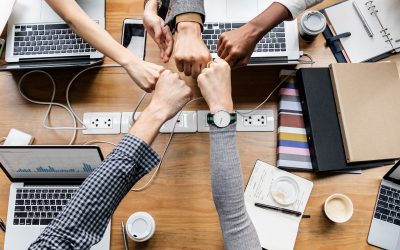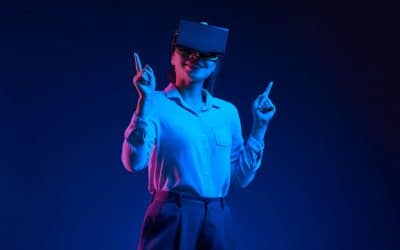If you’re wondering how circular economy is implemented in higher education, click here.
Linear VS circular economy
The current traditional economy is linear: products are produced, used, and thrown away. Thus, the linear economy has a beginning and an end. At the same time, the circular economy favours the recycling of products, either in technical or biological ways.
Materials in the circular economy are easy to disassemble, and they can either be returned to production or demolished by nature. Thus, technical materials become a reusable resource, and biological ones are non-toxic clean parts. The circular economy favours the use of renewable energy in transportation and production. It aims to reduce the need for constant buying of new products and reduce the discard of commodities.
One of the main traits is the melding of techniques and approaches such as biomimicry, ecosystem services, cradle-to-cradle, collaborative consumption, recovery, and recycling of waste and industrial symbiosis.
The customer is the one who has the most prominent role in it all; the focus is no longer on production but the products’ functional use. Businesses are therefore required to build long-term relationships. This approach has several advantages, such as companies benefiting from other companies’ success.
The shift
Of course, it is challenging to shift from linear to the circular economy, but change brings new favourable circumstances in energy, infrastructure, and production. Indeed, some company formats are easily adaptable to the change in question, such as firms who renovate their goods and then trade them, peer to peer models or product leasing.
It is all about encouraging future generations to think and act sustainably to preserve our planet and make more responsible decisions. Therefore, circular economy has four main loops, consisting of re-/upcycling, re-manufacturing, re-use and repair, maintenance, and upgrade. The repair maintenance and upgrade are the most practical steps. The better the integrity, the better the value of goods.
The main features of circular economy
There are, though, some standard features to the circular economy. Thus, these common features include circular supplying, access and performance to service providing, extending the product value and the communication between the client and the customer.
Circular business economy models, for instance, are based on the creation and the delivery of value to the stakeholders. Therefore, the circular business economy concentrates no more on maximising the profit and cost-cutting methodologies but on the redesign and reconstruction of product-service systems to guarantee economic activities and retail competitiveness.
Product usage is the central part of all sorts of the circular business scheme. Circular businesses profit from provisioning services instead of trading materialistic goods. The connection between the consumer and the producer is different; it has to be conventional towards the consumer – the main focus is on the value generated from social factors that underline ecological sustainability in business and elsewhere.
The shift from the linear to a circular business model requires a new business methodology, and the new business model has to be built on the ideas of circularity practically. However, this brief description does not provide a full-length overview of all business models but rather the backbones of philosophy on managing the circular business. The circular business models have no precise boundaries. Still, the same thought characterises them: to bring a more sustainable approach to the linear economic model—the circular economy aims for a cleaner planet and better usage of products and a costumer-producer relationship. The already mentioned models can be used alone as well as together. Thus, a few examples.
Practical examples
First, the supplies must be circular. The employed resources should be fully renewable, recyclable, or biodegradable, and their value should focus mainly on the substitution of fossil, scars, and critical material.
Secondly, access and service concentrate on customers’ needs rather than on sales of physical products. Customer satisfaction is measured through the capability to provide services rather than the physical product itself. The offering of product-service systems and the combination of functional outcomes and services is at the core of the access and performance side of the circular business models.
Besides, products must be long lasting, and they have tohave high quality. Moreover, the products must be durable and upgradable. Instead of ending the life of products as waste, they are repaired or maybe even upgraded or remarketed.
Last but not least, it is about bridging between producers and customers. Producers and consumers are going to collaborate more often, and this involves both organisationsand individuals by connecting demand to supply.
Summarising
In other words, the circular economy has standard features in terms of quality and durability of products, efficient service, and good relations with the customer. Everything has to be recyclable and repairable. ACS – ASOMI College of Sciences is committed to environmental and sustainability matters. That is why circular economy plays such an essential role in the ACScommunity.




